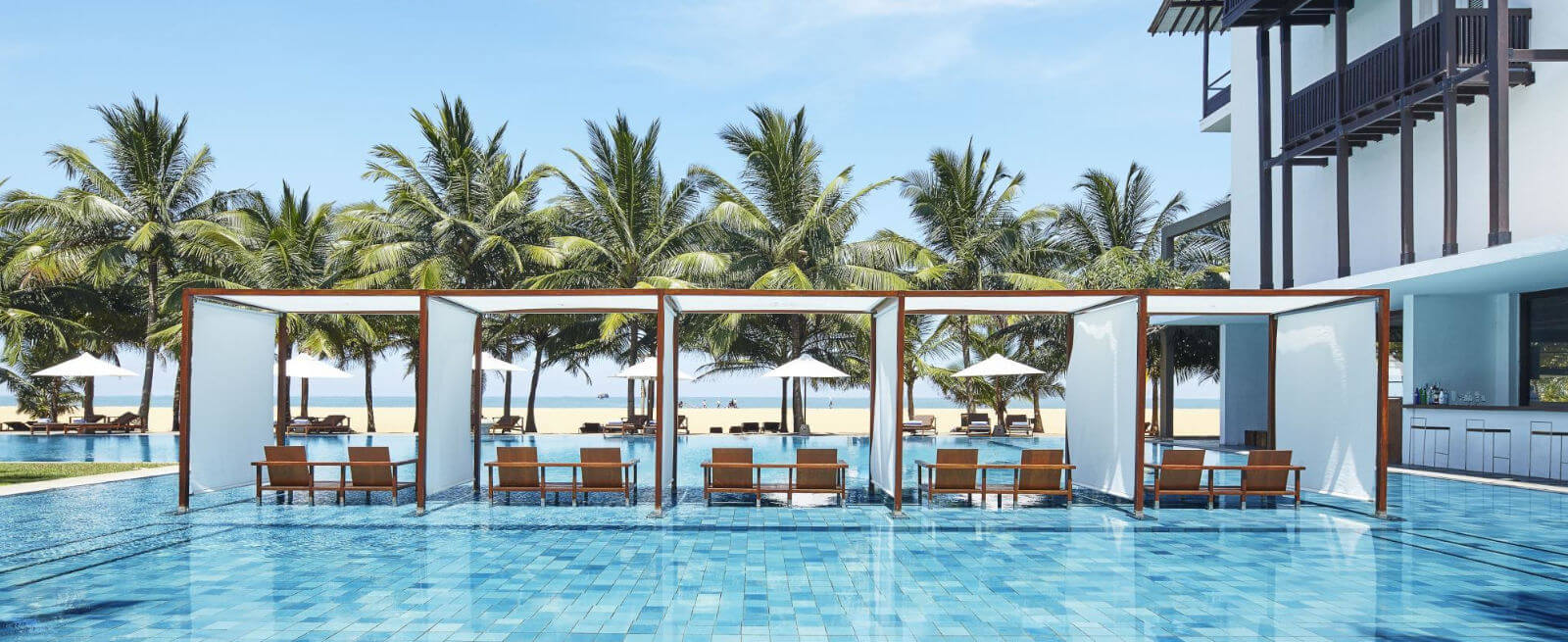Located within accessible distance from the commercial capital, Negombo is a well-known for its aquatic splendour. The economy of the region primarily based on fisheries. As a result, it offers the best of seafood freshly prepared to tantalise the foodie traveller. Popular with both natives and non-natives, Negombo provides to be a delightful beach excursion in Sri Lanka.
Travellers can effortlessly immerse themselves in Negombo, a melting pot of history, culture and coastal grandeur.
Dutch Fort
The Dutch Fort stands as one of the foremost examples of the Dutch influence in the region. The Dutch rebuilt the fort on the remnants of the Portuguese Fort which was destroyed during battle. A favourite amongst guests, the fort is a must visit for the international traveller.
St Mary’s Church
One of the largest cathedrals in Sri Lanka, St Mary’s Church is symbolic of the Portuguese influence in the region. Finished with sculptures of saints, the murals on the ceiling is said to have been painted by the local artist N. S Godamanne.
Angurukaramulla Temple
One of the most engaging sites in Negombo, the Angurukaramulla Temple is unique in design. Warding off spirits, visitors enter the temple through the dragon’s mouth. The vicinity also exhibits vestiges of a library estimated to be over 300 years old.
The Dutch Canal
Boasting their niche skill in constructing drainage systems, the duct built by the Dutch is a fascinating attraction. An extensive underground channel, the canal stretches at least 120 km reaching all the way to Puttalam.
Muthurajawela Marsh
For the nature loving traveller, Muthurajawela Marsh is a hidden sanctuary. The marshy land, home to a variety of birds and species of flora is a blissful utopia of its own. In addition, boat rides here are easily facilitated by the visitor centre.
